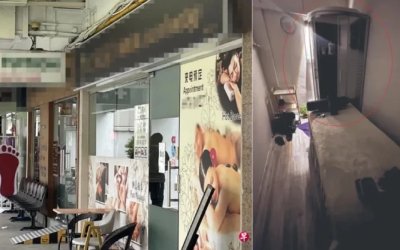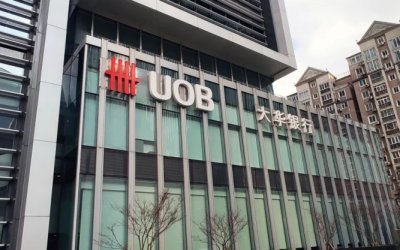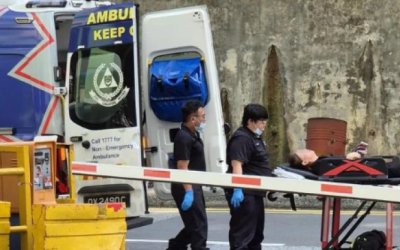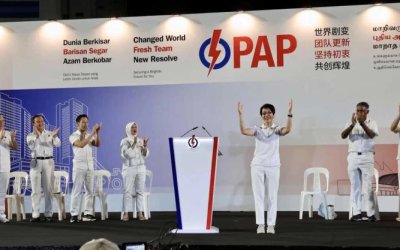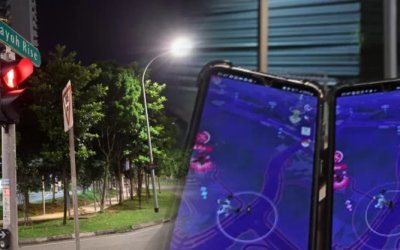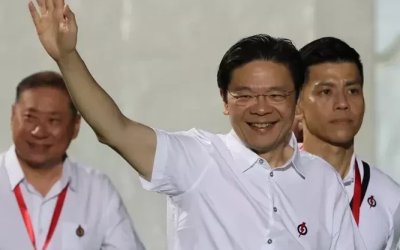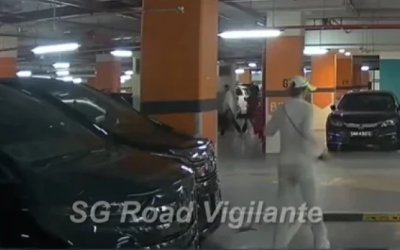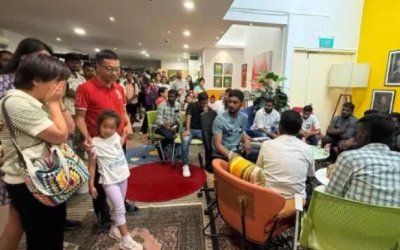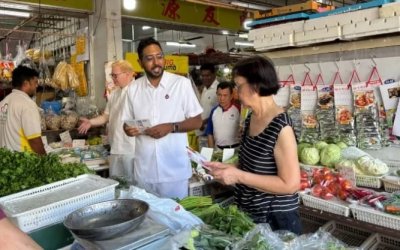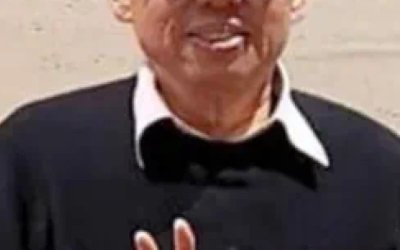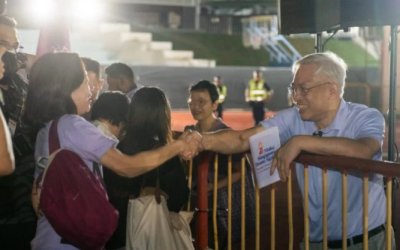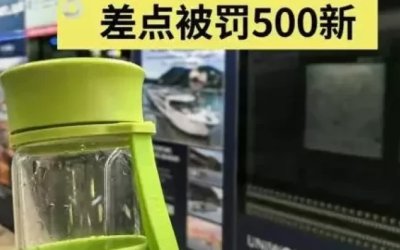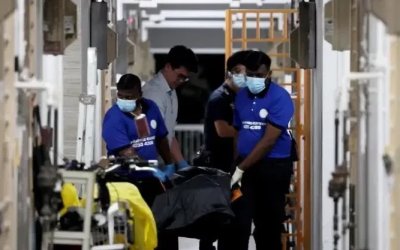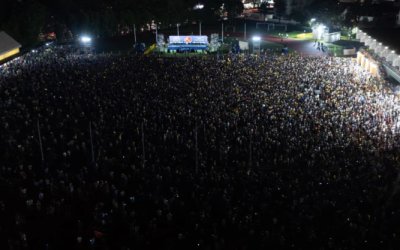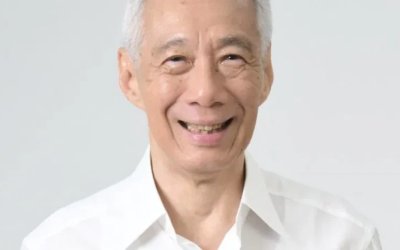2024年4月3日,新加坡人力部長兼貿工部第二部長陳詩龍醫生,回答議員嚴燕松醫生有關新加坡未來在核能政策上的問題。
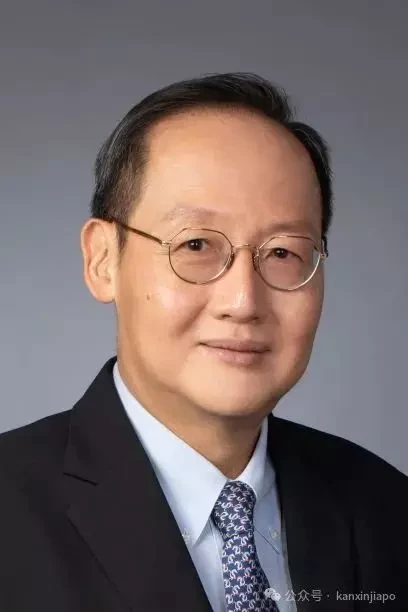
陳詩龍醫生
新加坡人力部長
新加坡貿工部第二部長
馬林百列集選區議員
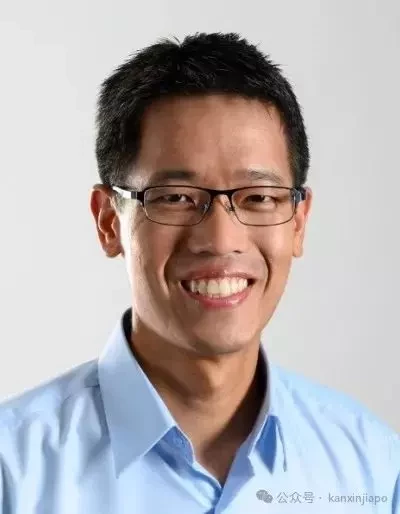
嚴燕松醫生
阿裕尼集選區議員
以下內容為新加坡眼根據國會英文資料翻譯整理:
嚴燕松議員:感謝部長回答我的問題。最後一個問題——政府打算什麼時候對未來是否將核能納入我們的能源結構做出決定?部長是否同意,為有志的科學家和我們的人民提供一些確定性或更多的確定性是很重要的?
陳詩龍醫生:我認為這位議員假設我們已經在核能上做出了決定。正如我之前在回答議會問題時所說的,我們還沒有做出決定。議員必須理解,傳統的核反應堆,像是第一代、第二代反應堆,其安全緩衝區實際上超過了新加坡的任何一個半徑範圍。因此,我們必須等到小型模塊化反應堆,或者是第四代反應堆(Generation 4 thermal reactors)在商業上得到應用,並且我們了解其安全性能後,才能做出決定。
不過,我們認識到輻射安全、操作能力和工程科學的重要性和相關性。因此,我們沒有停止培訓本地人才,將他們派往海外,附屬於各大機構,與他們合作學習,吸收知識,以便在我們最終做出決定時,將他們帶回這裡。
我認為,鑒於這些新一代小型模塊化反應堆的商業化初期階段,這已經是一個非常清晰的路線圖了。
關於核聚變,正如我之前所說,今天為了產生核聚變反應所需的能量輸入遠遠超過我們能夠從中提取的能量。所以,總體來說,從經濟角度來看,我們沒有理由進入這個領域。但即便如此,我們仍然在認真研究並密切關注這一領域的發展。
我認為這就是我們能告訴你的全部。我們無法承諾一個特定的時間表,但這並不意味著我們停止了研究。正如我所說,目前我們的中長期計劃是至少有100名研究人員。
為了我們的能源安全,我們也不會僅依靠一兩種技術。我說過,沒有什麼是被排除在外的。我們已經改善了天然氣採購來源的多樣化。我在這個議會中花了很多時間解釋為什麼我們需要多樣化我們的天然氣來源。我們也進行了發展方案計劃書(Request for Proposal, RFPs),並給出了多達四吉瓦低碳能源從周邊地區進口的有條件批准。我們還在探索國內潛在的地熱能源資源。我們正在試點一個關於氨的全流程項目,從加註燃料到利用氨發電,目的是最終一旦低碳或綠色氫氣的更經濟運輸技術得到確立,我們也將使用其作為發電的來源之一。
這些是我們目前在探索的不同選擇,同時我們也在關注核能。我希望這能給議員一些解答。

以下是英文質詢內容:
Mr Gerald Giam Yean Song: I thank the Minister for addressing my questions. Just that last question – when is the Government going to take a position on whether to use nuclear energy in our energy mix in the future? Does the Minister agree that it is important to provide some certainty or more certainty to both aspiring scientists and our people with regard to the use of nuclear energy?
Dr Tan See Leng: I think the Member presupposes that we have made a decision on nuclear energy. And as I have earlier on, when I addressed the Parliamentary Question, I have said that we have not made a decision. The Member has to appreciate that very conventional nuclear reactors, the older versions, the Generation 1, Generation 2, the safety buffer zone is actually beyond even our radius or any part where you can talk about in Singapore. So, we have to wait to a small modular reactor, or the newer Generation 4 type of thermal reactors to be deployed commercially and for us to understand the safety profile before we make a decision.
However, we recognise the fact that radiological safety, the understanding of the operational capabilities, the engineering science behind it, continues to be something that is important and relevant to us. Hence, we have not stopped training our local pipeline of talent, sending them overseas, attaching them to institutions all over, collaborating with them to learn and to adapt that expertise and invite the knowledge, so that at some point in time when we have finally made the decision, we will then bring them back here.
I think this is a very clear enough roadmap given the nascency of the commercialisation of some of these newer generations type of small modular reactors.
For fusion, as I have said earlier on, today, the net energy input put in to develop that fusion reaction is far more than what we are able to extract from it. So, net-net, it does not make economic sense in any way for us to go into it. But having said that, we are still nonetheless studying that, monitoring that space very closely.
I think this is as far as we can tell you. We will not be able to commit to a particular timeline, but that does not mean that we stop looking at it. As I have said today, our pipeline in the medium to long term is 100 researchers at least.
And for our own energy security, we also do not rest on one or two technologies. I said nothing is off the table. We have improved the diversification of our sources of procurement for natural gas. I think I have spent a lot of hours in this House explaining, expounding why we need to diversify our gas sources. We have also gone into Requests for Proposal (RFPs). We have given conditional approvals for up to four gigawatts of low carbon energy imports from around the region. We are also exploring potentially geothermal energy sources within our country itself. We are also piloting a new pathfinder project for ammonia – end-to-end – from bunkering to the generation of electricity using ammonia, with a view that ultimately, once technologies for a more economical means of transportation of low carbon or green hydrogen can be established, we will also go and use that as one of the sources for us to generate power as well.
So, those are the different alternatives that we are now exploring, on top of also keeping our eyes on nuclear energy. I hope that gives the Member the reassurance.
FS丨編輯
HQ丨編審
新加坡國會丨來源
